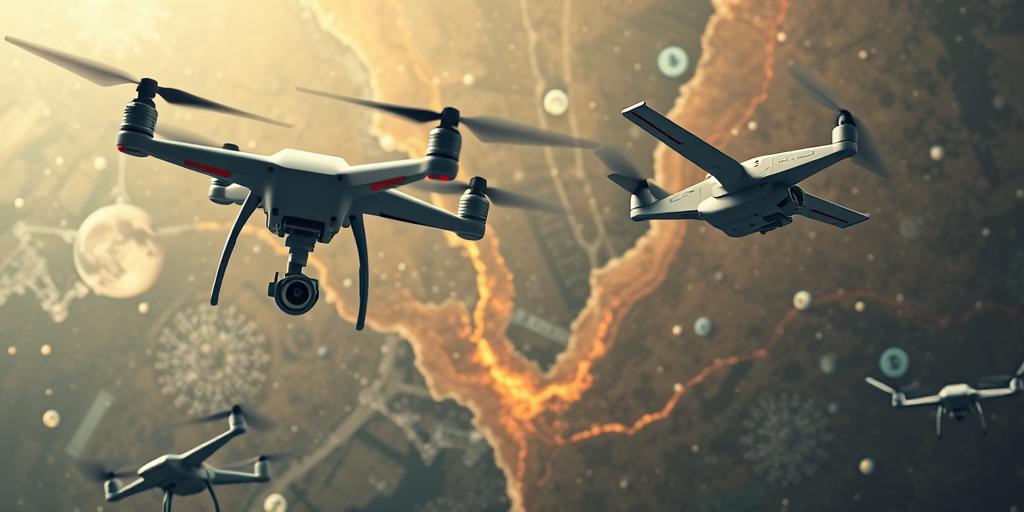The Role of Surveillance Technology in Conflict
Surveillance technology has become an increasingly integral part of modern conflict. From drones monitoring enemy movements to social media analysis identifying potential threats, these tools offer unprecedented insights into the battlefield. But what are the real implications of this technology, and how is it shaping the nature of conflict?
Types of Surveillance Technology
- Drones: Unmanned aerial vehicles equipped with high-resolution cameras and sensors provide real-time intelligence on enemy positions, movements, and activities.
- Satellite Imagery: Satellites offer a broad overview of conflict zones, tracking troop deployments, infrastructure damage, and refugee flows.
- Social Media Analysis: Monitoring social media platforms can reveal valuable information about public sentiment, potential threats, and extremist activities.
- Facial Recognition: Advanced facial recognition systems can identify individuals of interest in crowds or from surveillance footage.
- Cyber Surveillance: Monitoring online communications, hacking into enemy networks, and gathering intelligence from digital sources.
Impact on Conflict
- Enhanced Situational Awareness: Surveillance technology provides military commanders with a detailed understanding of the battlefield, enabling better decision-making and more effective strategies.
- Targeted Operations: Surveillance data allows for precise targeting of enemy assets, reducing collateral damage and minimizing civilian casualties.
- Counterterrorism Efforts: Surveillance technology helps identify and track potential terrorists, disrupting their networks and preventing attacks.
- Border Security: Monitoring borders with drones and sensors can prevent illegal immigration, drug trafficking, and other criminal activities.
- Information Warfare: Surveillance can be used to gather intelligence on enemy propaganda efforts, allowing for targeted counter-messaging campaigns.
Ethical Considerations
While surveillance technology offers numerous benefits, it also raises serious ethical concerns:
- Privacy Violations: Mass surveillance can infringe on the privacy rights of individuals, particularly when data is collected without their knowledge or consent.
- Bias and Discrimination: Facial recognition systems and other surveillance tools can be biased against certain demographic groups, leading to unfair targeting and discrimination.
- Abuse of Power: Surveillance technology can be used by authoritarian regimes to suppress dissent and control their populations.
- Escalation of Conflict: The use of surveillance technology can escalate conflicts by increasing mistrust and suspicion between parties.
- Data Security: Sensitive surveillance data can be vulnerable to hacking and theft, potentially compromising national security and endangering individuals.
Conclusion
Surveillance technology plays a critical role in modern conflict, offering unprecedented insights and capabilities. However, it also raises serious ethical concerns that must be addressed. As these technologies continue to evolve, it is essential to develop clear guidelines and regulations to ensure they are used responsibly and ethically.









